What does a melanoma look like?
What Does A Melanoma Look Like?
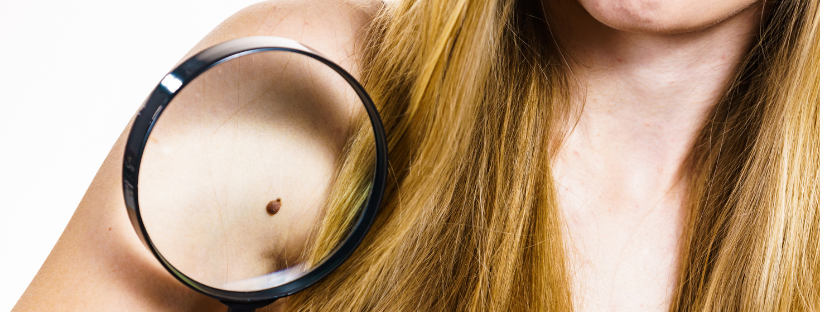
Melanoma is a type of skin cancer that develops from melanocytes, the cells that produce pigment in the skin.
It is important to know the symptoms of melanoma so that it can be detected and treated early.
Some common symptoms of melanoma include:
- Changes in the shape, size, or colour of an existing mole or the appearance of a new mole.
- Asymmetry of a mole, where one half is different from the other half.
- Irregular or ragged borders of a mole.
- Varied colours or shades within a mole, such as black, brown, or different shades of tan, red, white, or blue.
- Moles that are larger than 6 millimeters in diameter (about the size of a pencil eraser).
- Itching, bleeding, or crusting of a mole.
- Redness or swelling beyond the border of a mole.
It is important to note that not all melanomas follow these typical symptoms, and some may appear differently.
If you notice any unusual changes on your skin or any of these symptoms, it is important to see a skin specialist for evaluation.

What Does A Melanoma Look Like?
Melanoma is a type of skin cancer that can have a variety of appearances, but typically, it appears as an irregularly shaped mole or lesion on the skin.
Some common signs of melanoma include:
- Asymmetry: One half of the mole does not match the other half.
- Irregular Borders: The mole or lesion has uneven, scalloped, or notched edges.
- Varied Colours: The mole or lesion has multiple colors, including black, brown, tan, red, blue, or white.
- Diameter: The mole or lesion is larger than 6 millimeters (about the size of a pencil eraser), but melanomas can also be smaller.
- Evolving: The mole or lesion has changed in size, shape, or colour, or it is evolving over time.
What is Nodular melanoma?
Nodular melanoma is a type of skin cancer that develops from the pigment-producing cells (melanocytes) in the skin.
It is considered to be one of the most aggressive forms of melanoma because it grows rapidly and can spread to other parts of the body.
Nodular melanoma typically appears as a raised bump on the skin, which may be black, brown, red, or skin-coloured.
It may resemble a mole, but it can grow quickly and often has a smooth or shiny surface. Unlike other types of melanoma, nodular melanoma may not have the typical irregular borders and colour variations that are often associated with melanoma.
Nodular melanoma is usually diagnosed by performing a biopsy, in which a small sample of the suspicious area is removed and examined under a microscope. If it is determined to be nodular melanoma, treatment may involve surgical removal of the tumor, as well as additional therapies such as radiation or chemotherapy to target any cancer cells that may have spread to other parts of the body.
It is important to note that early detection and treatment of nodular melanoma is crucial for a positive outcome.
If you notice any unusual changes on your skin, such as a new or changing mole, it is important to see a dermatologist for evaluation.
More Skin Tips.
CoreBodi
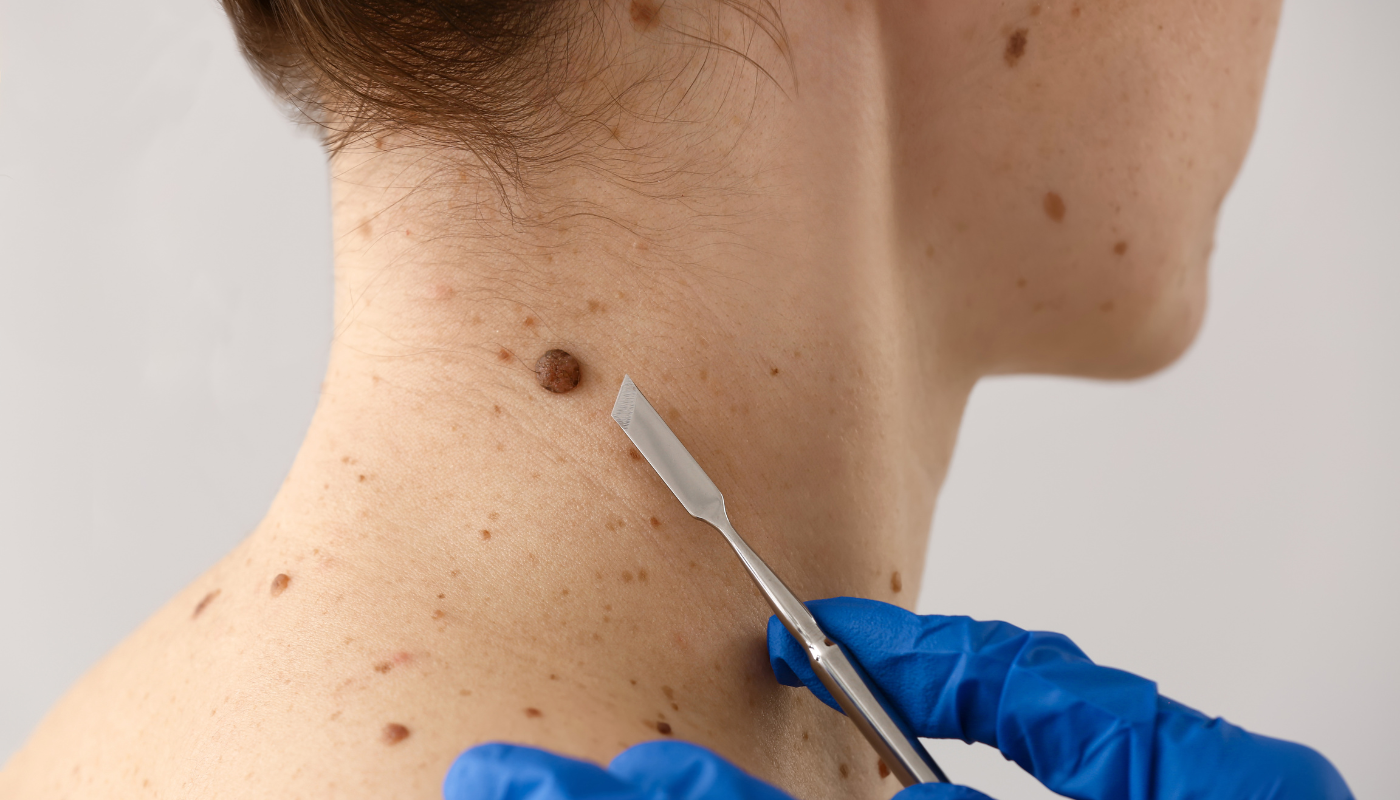


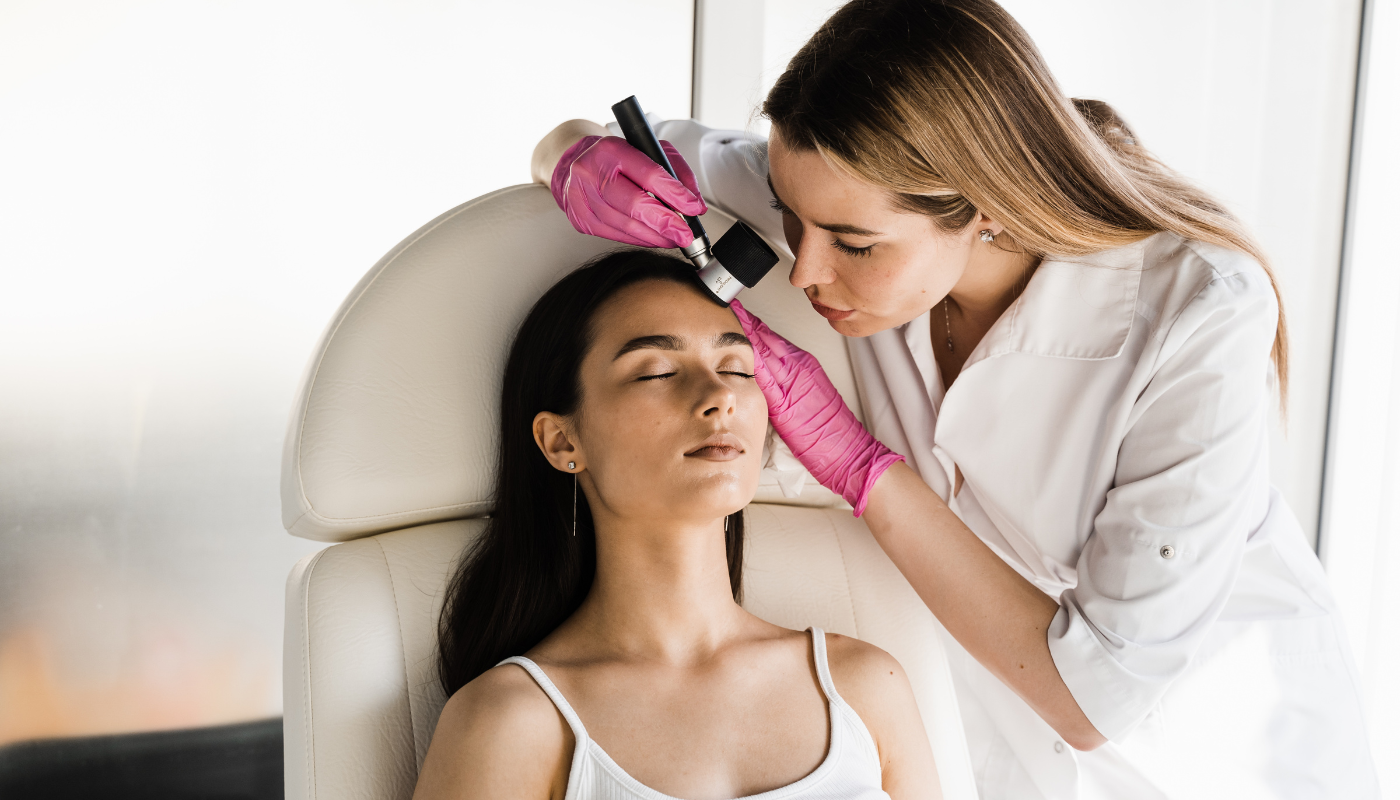
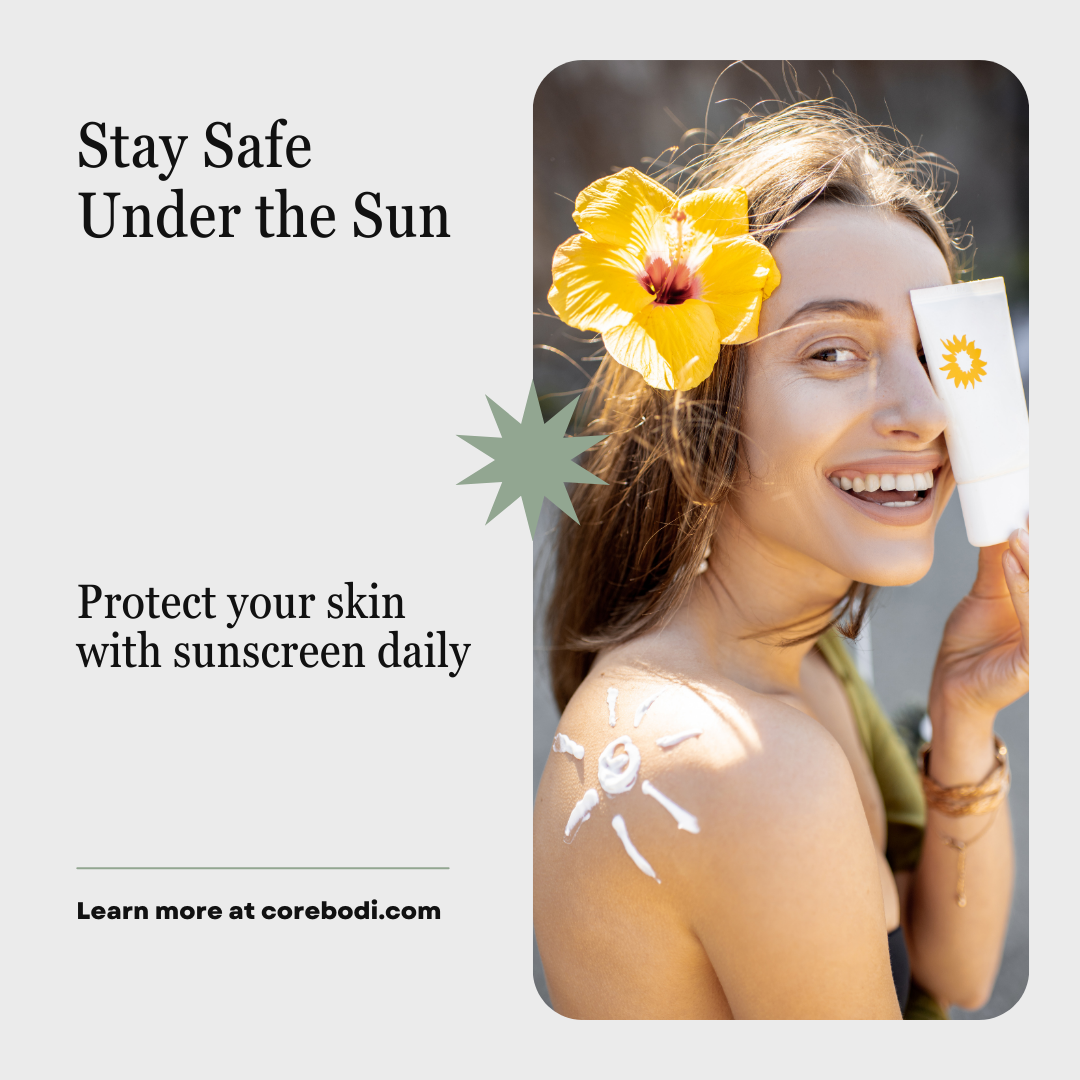

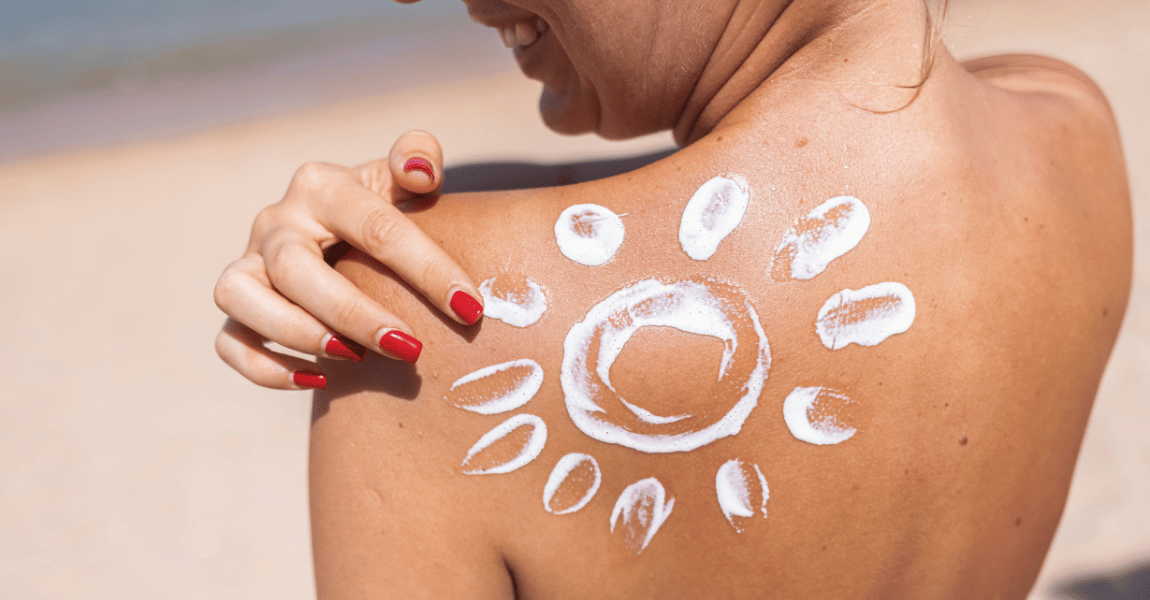



| Powered by Kaptol Media



